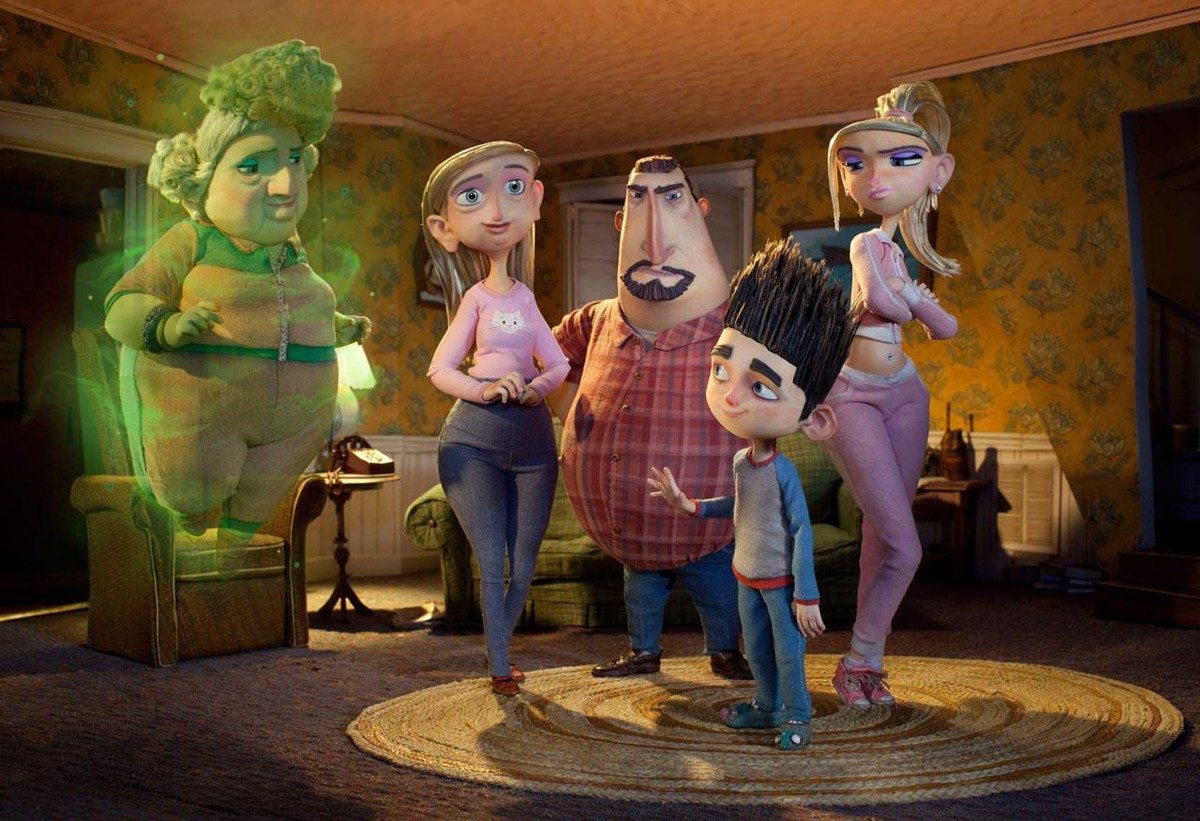UTPA alumna discusses juggling career with family
Note: This article originally appeared in the Nov. 20, 2014 issue of The Pan American. The Pan American was the student newspaper at my former university, The University of Texas - Pan American, where I got into writing. Ultimately, TPA was shut down as a result of a merger with neighboring university to make way for The University of Texas - Rio Grande Valley and the new student publication did not transfer anything from TPA. Here's one of my articles for them that was saved thanks to the miracle of Google Docs.
Ever since high school, Christina Hickey has liked a challenge. Now the career of this UTPA alumna has her dealing with them every day.
As a civil engineer Hickey takes part in managing and designing the construction of McAllen’s roadways, drainage systems and buildings. Hickey, who graduated from UTPA with a master's in computer science in May, began working for the city in 2009. This was one year after she had married her husband, Dustin Hickey, whom she met while receiving a bachelor's in civil engineering from Texas A&M University in 2008.
The native of Carrollton in the D-FW Metroplex was initially interested in biomedicine to make prosthetics until a guest speaker in her sophomore geometry class at Newman Smith High School changed her mind. The presenter, a civil engineer from the Dallas/Forth Worth International Airport, presented students with a problem the airport was having and challenged them to solve it. The presentation gave the then 15-year-old a glimpse of what a career in engineering would feel like.
“It seemed like something stimulating for me,” the 28-year-old said. “I loved how the field incorporated (a subject I loved), math and would mean that I’d get to work in the field and see my work being done in person and not stay in front of a computer all day.”
A February 2014 report from U.S. News & World Report stated that in 2010, women made up 28 percent of science and engineering workers. This is despite the fact that females make up half of all the college-educated workers in the country. Hickey graduated this past May with a master’s in computer science at UTPA, one of the three women who were awarded that degree in the 2013-2014 academic school year, according to the UTPA Office of Institutional Research and Effectiveness.
Despite the low number of women working in the fields of science, engineering, technology and math, an interest in this area feels simply right for Hickey.
“Engineering is all around us and not a lot of people will immediately notice it,” she said. “Anything from sanitary sewer systems, pavements and roadways to even parking signs went through an engineer first. I really enjoy my profession so doing my job or additional activities to promote engineering just seems natural to me.”
BALANCE
Despite her regular workload, Hickey started taking night classes at UTPA in fall 2011 to earn a master's degree in computer science. With the skills she learned there she was able to lead a special project to update McAllen’s street maintenance program in summer 2013. By bringing in UTPA civil engineering students doing internships with the city at the time, Hickey was able to collect surveys of all the streets in the city to evaluate potholes or other damage.
At that point the city’s engineering department was using a spreadsheet to store all information on the city’s streets. Hickey, however, collected all the data and made it into a map via a “Geographic Information System” - a computer system that stores and analyzes geographical data to make it easier for the department to see which streets were in desperate need of repairs.
“As a spreadsheet, all the data was collected like a snapshot so it wasn’t exactly as accurate as we wanted it,” Hickey explained. “With this database, it’s an improved record for internal use in our department that can help us with long-range planning on fixing the roads.”
According to Yvette Barrera, the director of engineering for the City of McAllen, a lack of resources in the city’s department prevents the annual evaluations of streets. Most of the information the city collects on damaged roads comes when phone calls from the general public point out a problem. Hickey’s skills helped rectify that while bringing a different perspective to the department.
“With this database she made, we were able to analyze the data to take a look at areas in need of drastic repairs and better allocate fundings toward it,” explained Barrera, who is from Brownsville. “Hickey’s knowledge is a tool we’ve been able to use to improve our work. When your employer goes above and beyond to introduce something new to get the job done, then that’s a fantastic resource.”
HOME LIFE
While handling the street maintenance program, Hickey was getting ready for her final year at UTPA. She attended her last semester while pregnant.
Her husband was attending classes at UTPA to finish a bachelor’s in computer science, the same field Christina was receiving her master’s in. This resulted in the two of them helping each other out with schoolwork.
“Sometimes she’d come to me to bounce off ideas or ask me to double check code she was writing for errors and I’d go for her if I had any math questions,” her husband of five years said. “It’s her way of making sure we’re all doing good.”
In the summer the couple welcomed their first child, a daughter named Caroline.
“Being pregnant was a lot easier than having a baby so I was just lucky that our plan (was) to wait until after graduation to have (her) and (not) worry about schoolwork while raising her,” the new mother said.
She also explained that the hardest part of pregnancy was the nausea and fatigue that came during the first trimester.
“The rest of the pregnancy was really smooth from there and I couldn’t have done it without my husband,” she said. “It makes a world of difference to have a partner who was there to calm me down whenever I started panicking about anything baby-related. And now I visit Caroline every day at her daycare during my lunch break at work. I adore her.”
For Dustin Hickey, the way his wife handled her pregnancy while juggling work was proof of her resourcefulness.
“She does a lot for the city and is a fantastic mother. I don’t know how she does it,” the 29-year-old McAllen native said. “You would think she doesn’t have time for anything, but somehow she makes time for everything and can somehow juggle all these things in her life.”



